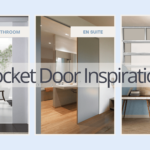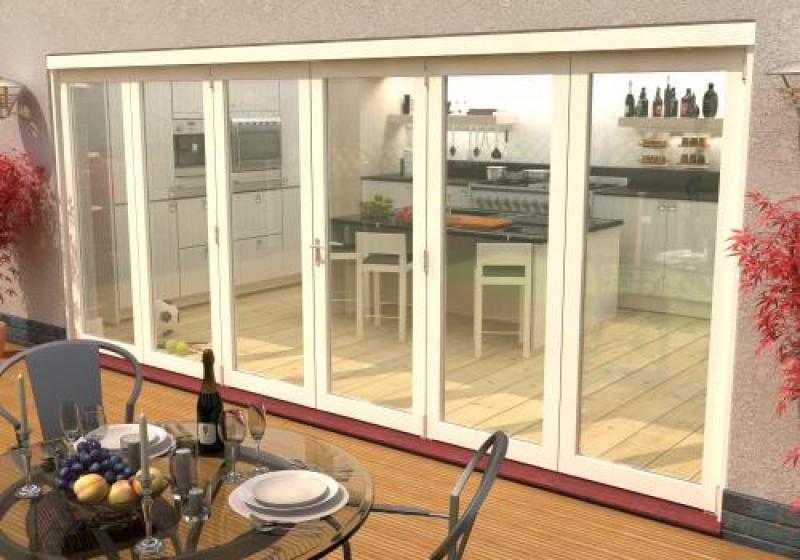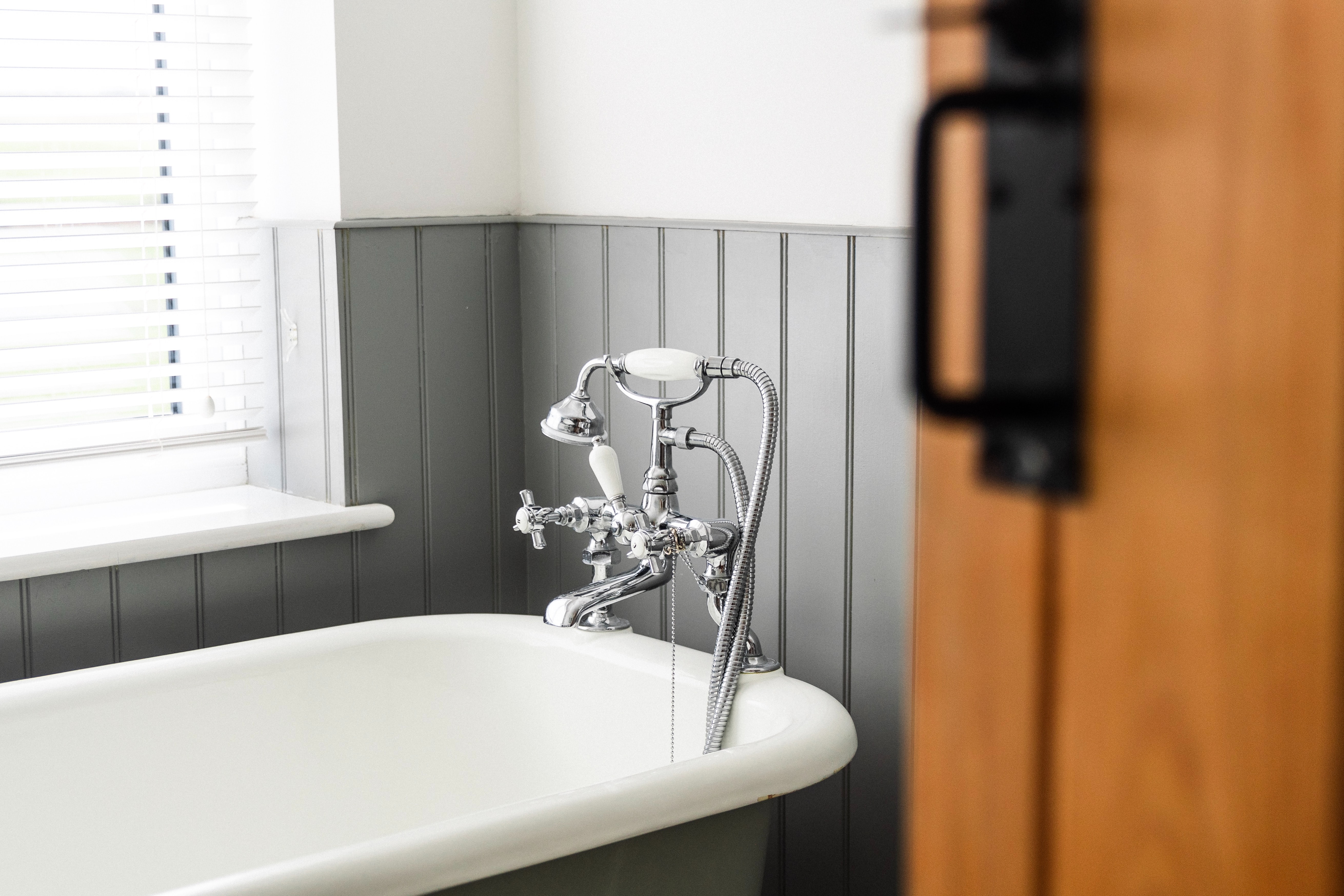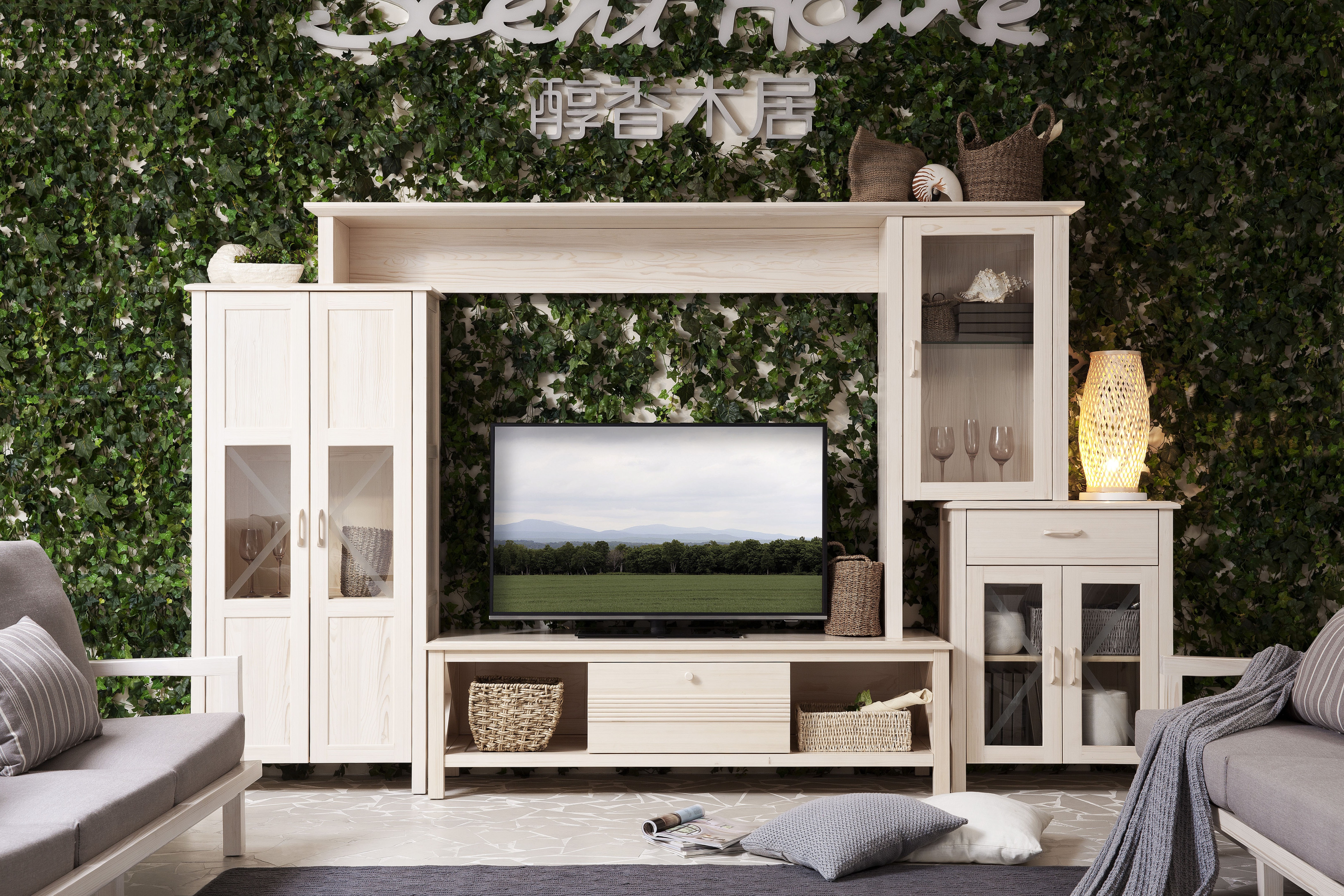Express Doors Direct ▸ Blog ▸ Pocket Doors vs Bifold Doors: The Pros and Cons
If you’re transforming your interior, a regular door might not provide you with the flexibility, accessibility or sense of style you’re looking for. Pocket and bifold doors can allow you to open up more space and enjoy a versatile solution. But which one is the right solution for you?
We’ll dig deeper into these systems so you can work out which door type suits your needs.
Space
The key difference between bifold and pocket doors is the space they take up. Whilst bifold doors fold back neatly, they still need room to operate and space to stack when open.
Pocket doors don’t take up any wall or floor space. They open into a cavity in the wall, so their sliding movement is neat and compact.
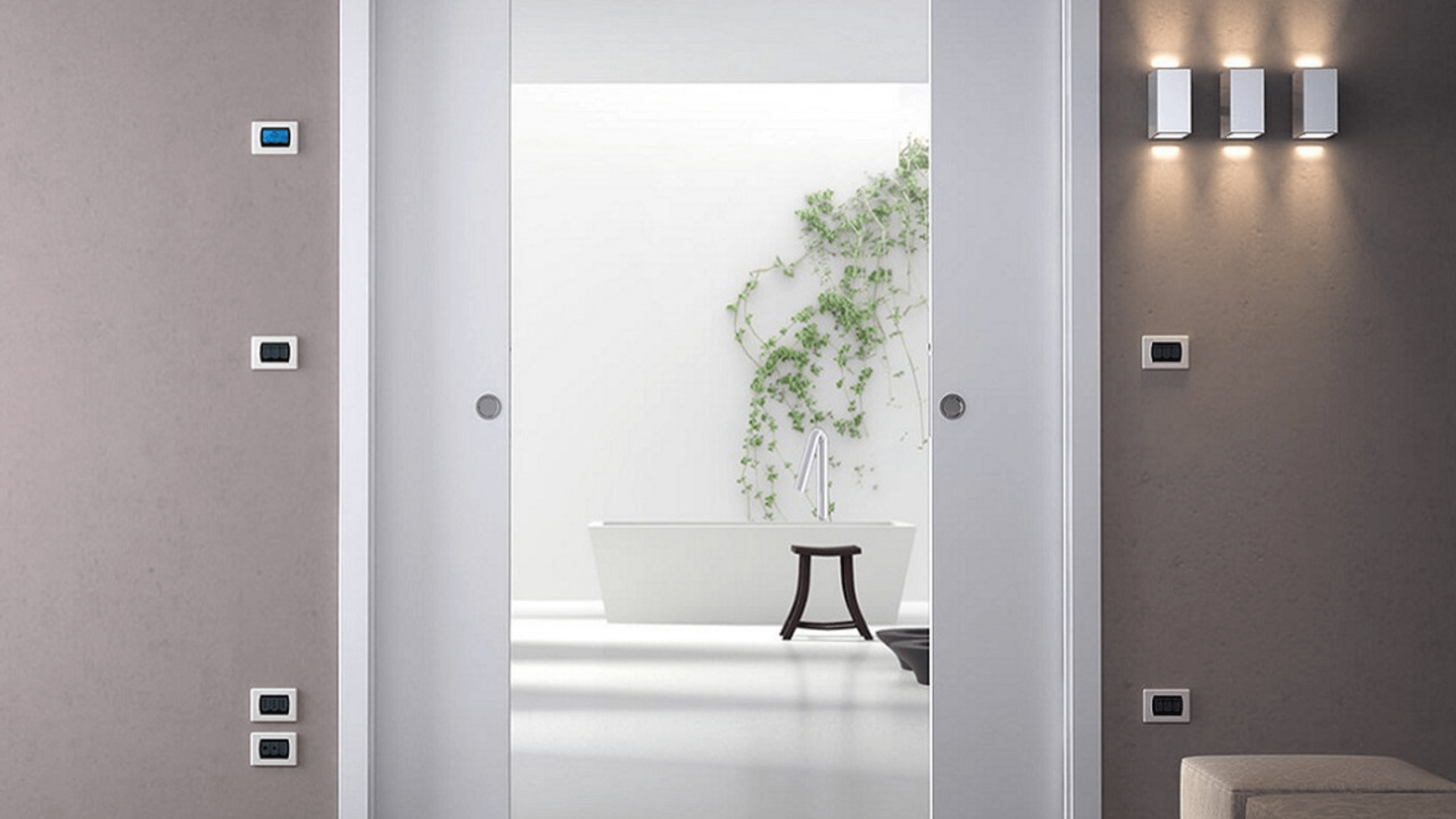
If you need a truly space saving solution, pocket sliding doors are the one for you. You can still use all your floor and wall space with this option. This makes them ideal for areas in the home where space is limited, particularly bedrooms and bathrooms.
Installation
Installing pocket doors relies on creating a cavity inside your wall to fit a pocket frame to support the door. This can be a more difficult and costly process than installing other door types. If you’re retrofitting, you may need to create this cavity to house your sliding door. Much of the running gear will be hidden away too which can make the fitting process more challenging.
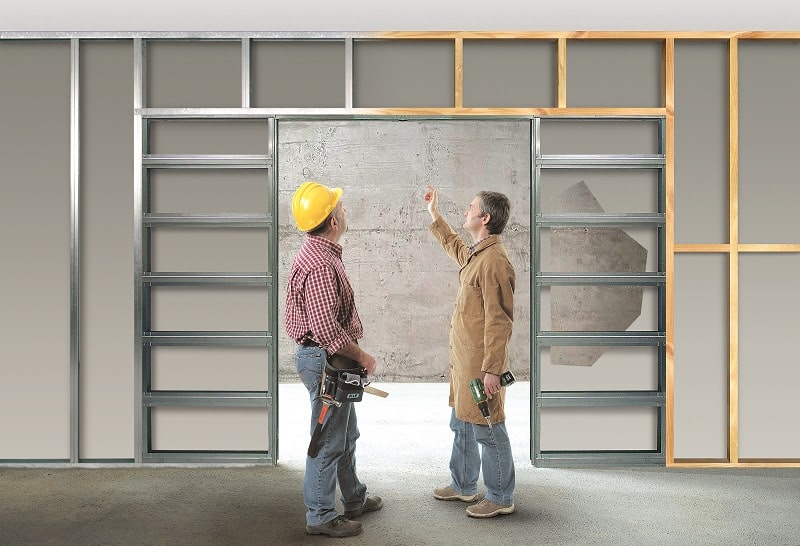
Bifold doors are fairly common and easy for tradespeople to install. They operate using a track system that’s easily accessible and simple to fit. Whilst bi fold and sliding doors both need a track to operate, it’s the hidden aspect of pocket doors that makes them more time consuming and costly to install. However, if they’re the right door for your home they could be well worth the extra work.
Operation
A pocket door is a type of sliding door, so it operates in the same way. The only difference is that it slides away into the wall rather than behind another panel like sliding patio doors do. The sliding motion makes operation easy, helping the door to glide into position.
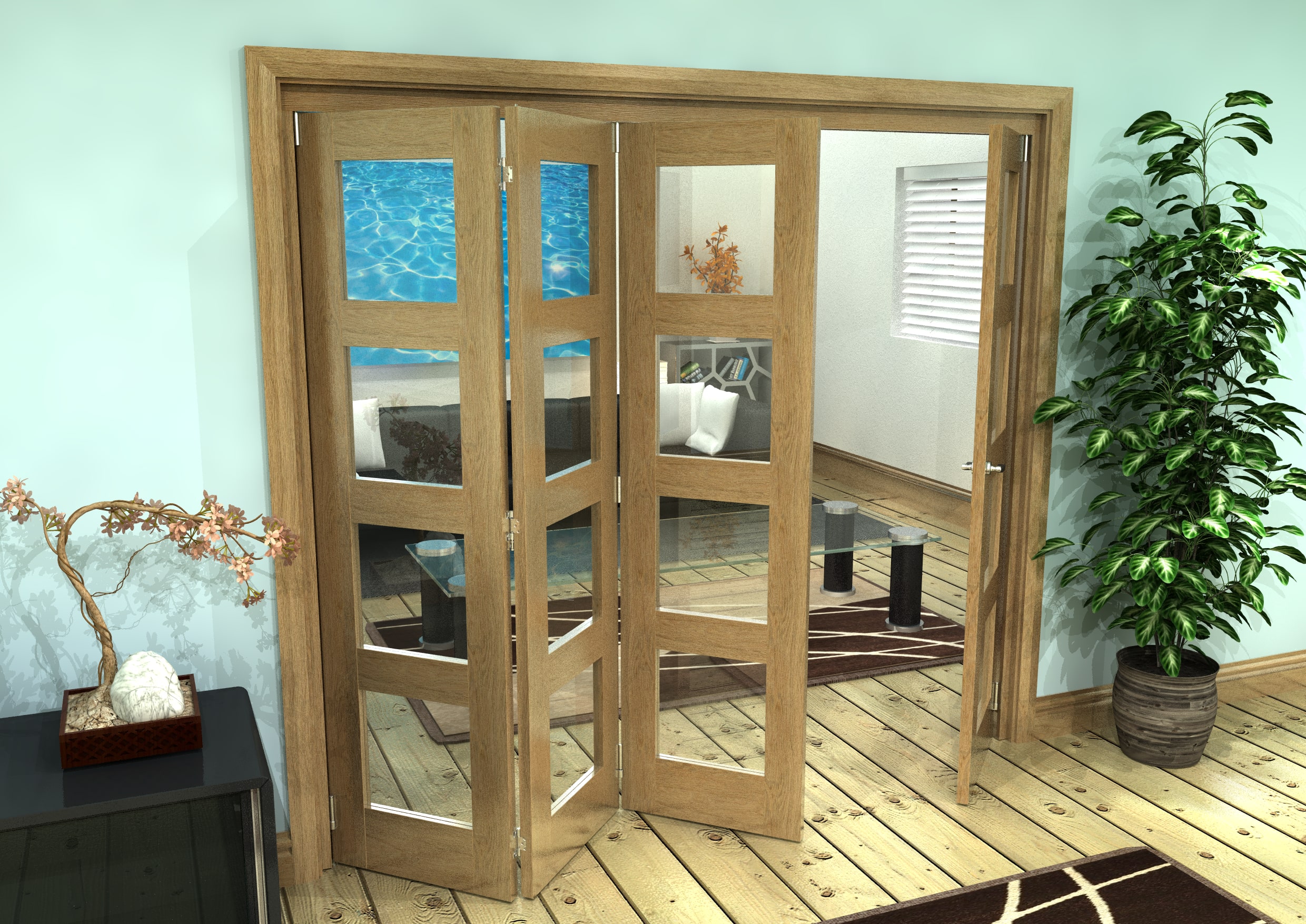
A bifold door will have a lead door but it can have an access door too, helping you with fast access rather than having to fold back all the panels every time. Some bi folding doors also have a top and bottom track to keep them aligned, whereas others can be top hung to keep your floor flush.
Accessibility
With easy operation and a large, uncluttered opening, a pocket door can make your home more accessible for those with mobility issues or limited strength. Pocket sliding door systems don’t have a bottom track, so the floor is flush and easy to navigate.
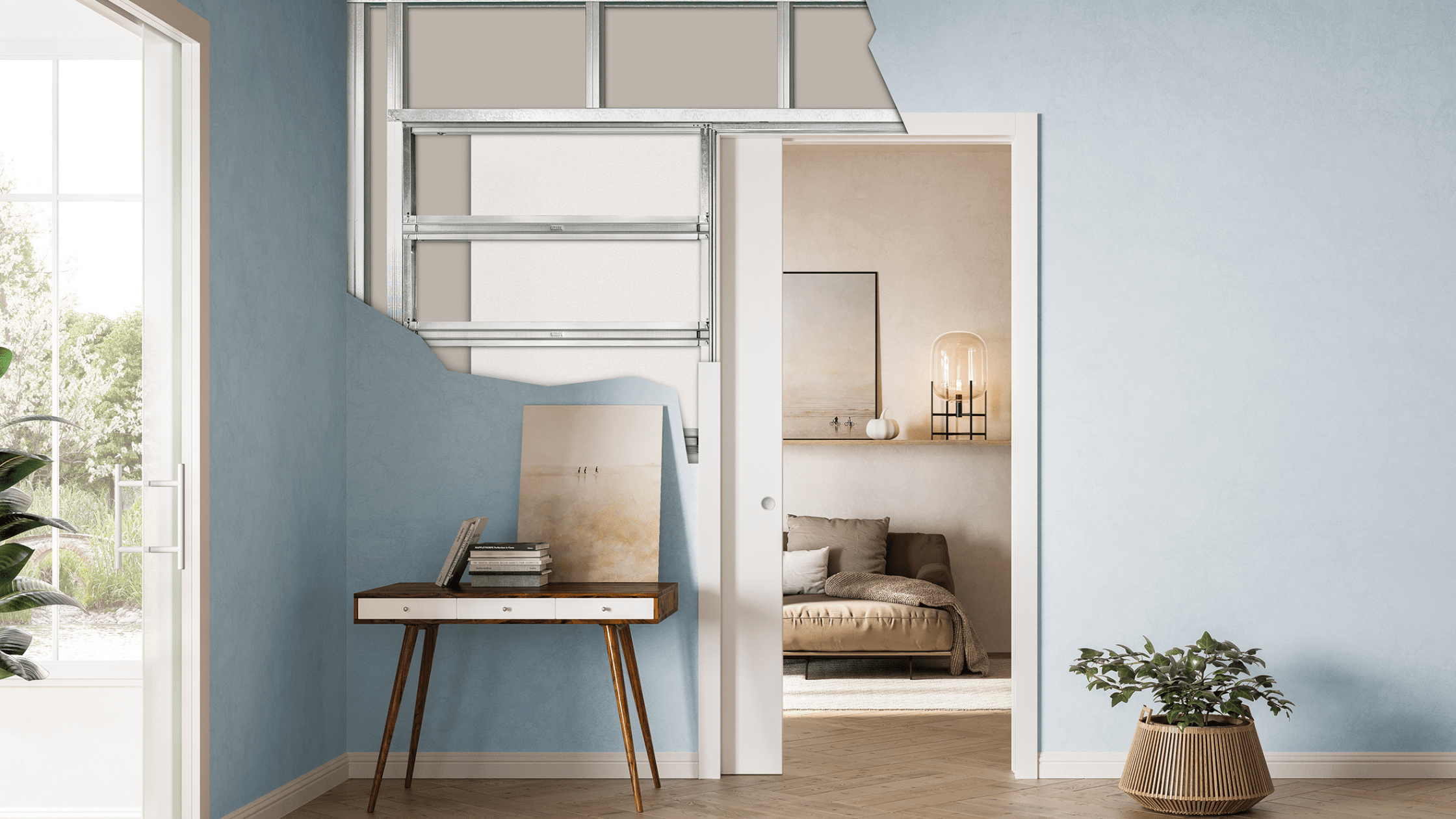
A bi fold door can provide just as many accessibility benefits when it’s fully opened, but operation can be more difficult due to the sliding and folding nature of the door. The folded door panels will still encroach on your living space too, so this is a factor to consider if you’re creating an accessible home.
Cost
Usually in a comparison of bifold vs sliding doors, the sliding option will be more cost effective. However, pocket sliding doors tend to be more expensive when you’ve added on installation and any associated construction costs.
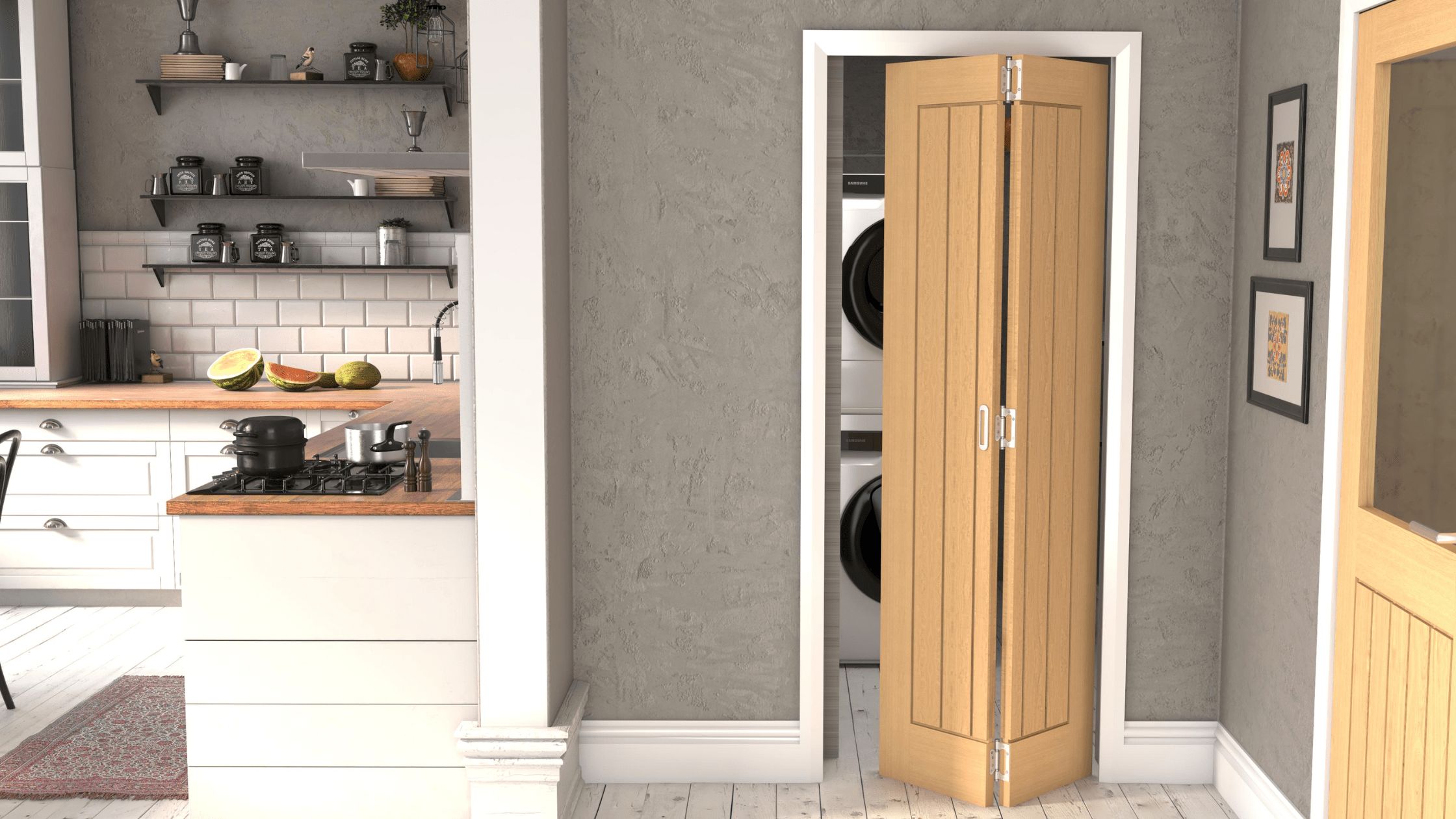
Once again, this is due to the unique operation of the pocket door, disappearing into the wall. Whilst this takes more effort, the key benefits can pay dividends. However, the final cost will all depend on the exact door system you choose, and the amount of installation work needed in your specific circumstances.
Aesthetics
When opened, these two types of door look very different. Pocket doors disappear into the wall cavity, creating a clean and minimalist look. In contrast, bifolding doors open by stacking their panels in a concertina formation. This creates a different aesthetic.
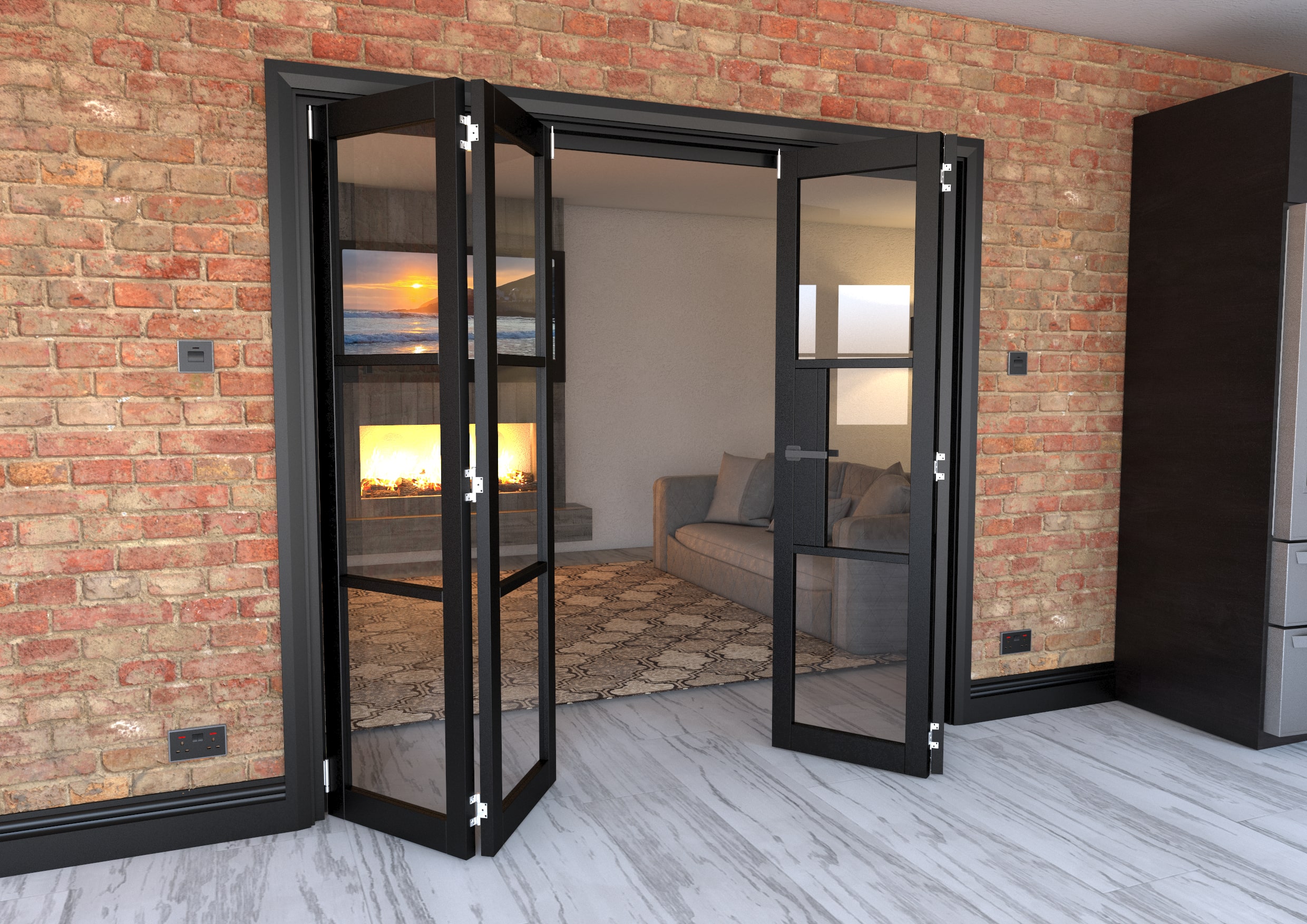
The right look for you will depend on your personal taste. A disappearing door is novel and exciting, as well as suiting an understated decor style. Wooden bi fold doors could be better placed in rustic, shabby chic and eclectic homes. Bi folds with large glass panels can still provide a clean and modern look, too.
Frequently Asked Questions
Still not sure which door option to choose? Here are some of the questions our experts often get asked about pocket and bifolding doors.
What are people replacing bifold doors with?
Homeowners are replacing bifold doors with alternatives like pocket sliding doors for a seamless transition, Crittall-style doors for a robust industrial look, pivot doors for a modern architectural statement, and even combining doors with fixed triangular windows or original windows complemented by a cosy window seat to enhance natural light and views.
What are the disadvantages of a pocket door?
Pocket doors can have issues, primarily if not installed correctly or built with inferior materials. Problems may include difficulty in changing hardware, trouble sliding, and reduced durability, potentially leading to more expensive repairs over time. Proper installation and quality hardware like our Eclisse systems can mitigate these concerns significantly.
Where can you not put a pocket door?
Pocket doors are not suitable for solid walls, such as those found in older homes, without extra construction. Similarly, homes with insufficient wall space can’t accommodate pocket doors. Adding a false wall could be a solution where the existing structure doesn’t allow for the pocket door installation.
Are pocket doors outdated?
Pocket doors are still in style and have gained renewed popularity in modern home design. Their space-saving functionality and sleek appearance make them an attractive choice for contemporary interiors, allowing for seamless transitions between rooms while maintaining an open-concept feel when desired.
So, which is better, pocket doors or bifold?
When choosing between pocket sliding and bifold doors, consider the space available. Sliding doors are ideal for tight spaces as they require less room to operate, seamlessly gliding alongside the wall. Bifold doors, while elegant, need more space to open as they fold outward in a concertina style. Select sliding pocket doors for a space-efficient solution in smaller areas.
Related Posts:









Shop bestsellers and see what's new in at expressdoorsdirect.co.uk/internal-french-doors



Make a note of these if you're planning on placing an order or contacting our team in the next few days.
Shop online at expressdoorsdirect.co.uk as usual and we'll pick everything up when we get back. Thanks!





















































